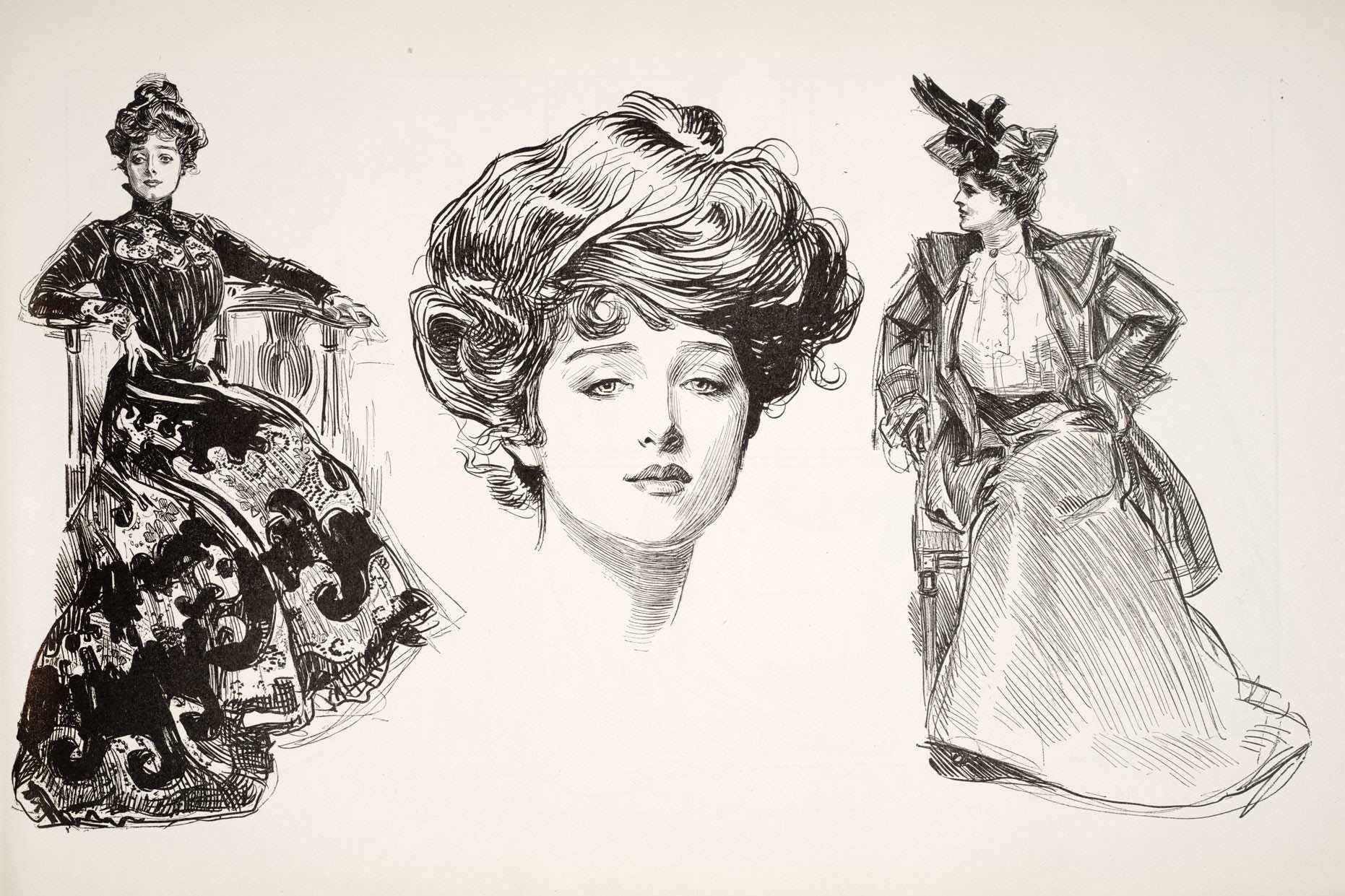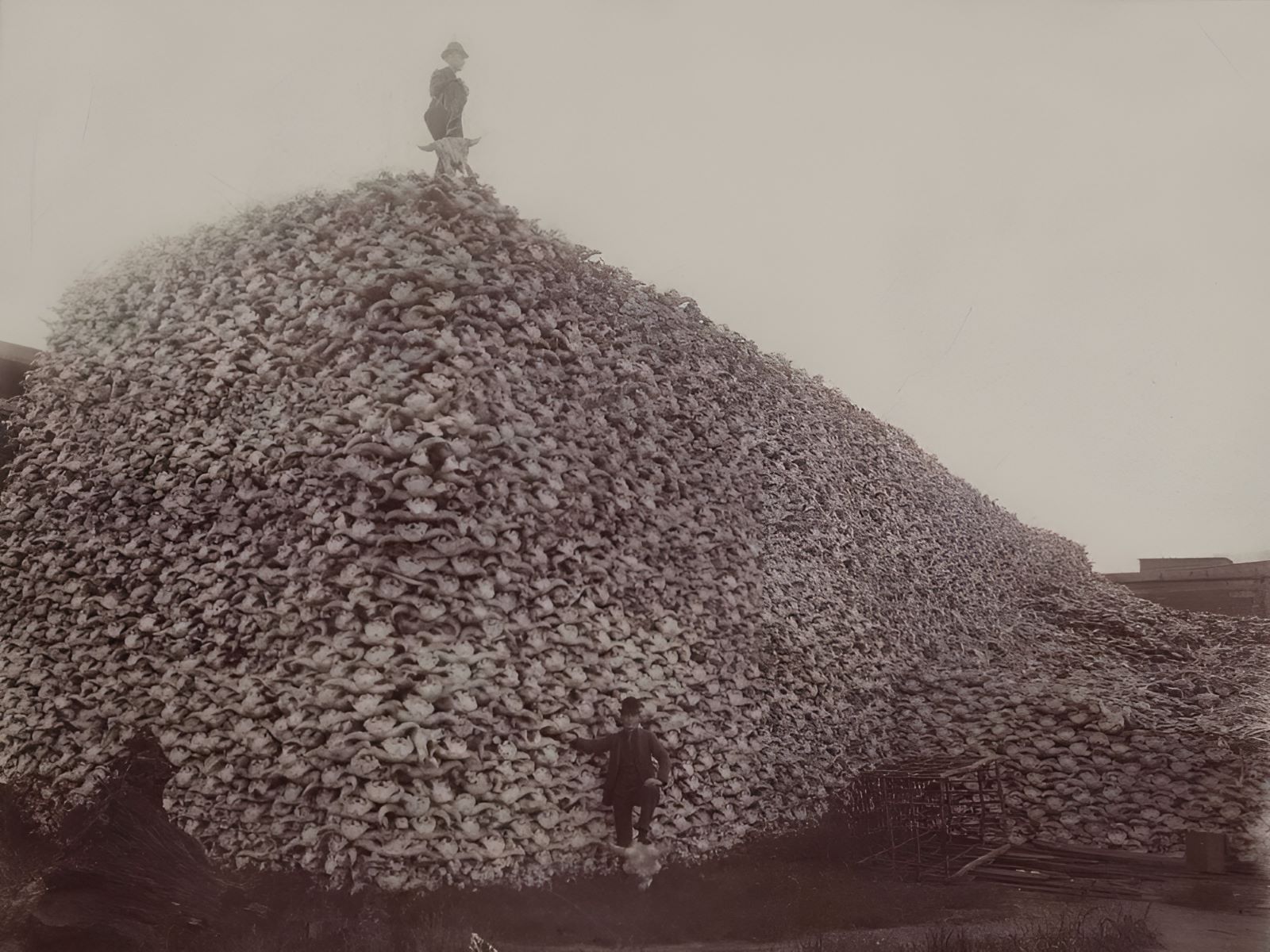
Who was the Gibson Girl? She was the epitome of beauty and style in the late 19th and early 20th centuries. Created by illustrator Charles Dana Gibson, the Gibson Girl represented the ideal woman of her time—confident, independent, and fashionable. Her image graced magazines, advertisements, and even products, setting trends and influencing women's fashion and behavior. With her hourglass figure, upswept hair, and elegant attire, she became a cultural icon, embodying the aspirations and changing roles of women during that era. Curious about the impact and legacy of the Gibson Girl? Let's dive into 35 fascinating facts that highlight her significance and lasting influence.
Key Takeaways:
- The Gibson Girl, an iconic figure of the late 19th and early 20th centuries, challenged traditional gender roles and influenced fashion, art, and women's empowerment movements.
- Despite her decline in popularity, the Gibson Girl's legacy lives on, inspiring future generations and leaving a lasting impact on American history and culture.
Who Was the Gibson Girl?
The Gibson Girl was an iconic figure in American culture during the late 19th and early 20th centuries. Created by illustrator Charles Dana Gibson, she represented the idealized American woman of that era. Let's dive into some fascinating facts about this cultural phenomenon.
- Charles Dana Gibson introduced the Gibson Girl in the 1890s through his illustrations in popular magazines.
- The Gibson Girl was often depicted as tall, slender, and elegant, embodying the beauty standards of the time.
- Her hairstyle, characterized by a voluminous chignon, became a fashion trend among women.
- The Gibson Girl was portrayed as independent and confident, reflecting the changing roles of women in society.
- She often appeared in various social settings, from tennis courts to elegant parties, showcasing her versatility.
- The Gibson Girl's wardrobe included high-necked blouses, long skirts, and corsets, emphasizing her hourglass figure.
- Charles Dana Gibson's wife, Irene Langhorne, was one of the inspirations for the Gibson Girl's appearance.
- The Gibson Girl became a symbol of the Progressive Era, representing the new woman who sought education and career opportunities.
- Many women aspired to look like the Gibson Girl, leading to a surge in beauty products and fashion items.
- The Gibson Girl's popularity extended beyond the United States, influencing fashion trends in Europe.
The Impact of the Gibson Girl on Society
The Gibson Girl wasn't just a pretty face; she had a significant impact on society and culture. Here are some intriguing facts about her influence.
- The Gibson Girl challenged traditional gender roles by portraying women as active participants in society.
- She inspired women to pursue higher education and professional careers, breaking away from domestic confines.
- The Gibson Girl's athleticism promoted physical fitness and outdoor activities for women.
- Her fashion choices led to the creation of ready-to-wear clothing, making stylish outfits more accessible.
- The Gibson Girl's image was used in advertisements for various products, from soap to bicycles.
- She became a muse for other artists and writers, influencing literature and visual arts.
- The Gibson Girl's popularity contributed to the rise of women's magazines, which featured beauty tips and fashion advice.
- She played a role in the suffrage movement, as her confident demeanor resonated with women's fight for voting rights.
- The Gibson Girl's elegance and poise set a standard for beauty pageants and modeling.
- Her influence extended to Hollywood, where actresses adopted her style in early films.
The Decline of the Gibson Girl
As with any cultural icon, the Gibson Girl's popularity eventually waned. Here are some reasons behind her decline.
- The onset of World War I shifted societal focus from fashion to practicality and survival.
- The flapper era of the 1920s introduced a new ideal of beauty, characterized by shorter hair and more relaxed clothing.
- The rise of cinema stars like Clara Bow and Louise Brooks overshadowed the Gibson Girl's image.
- Changing social norms and the women's liberation movement of the 1960s further distanced society from the Gibson Girl's ideals.
- Despite her decline, the Gibson Girl's legacy lived on in fashion and art, influencing future generations.
Fun Facts About the Gibson Girl
Let's explore some lesser-known, fun facts about the Gibson Girl that highlight her unique charm.
- Charles Dana Gibson reportedly earned $50,000 annually from his Gibson Girl illustrations, a significant sum at the time.
- The Gibson Girl was often accompanied by the Gibson Man, her male counterpart, who embodied the ideal gentleman.
- Some of the most famous actresses of the early 20th century, like Camille Clifford, were considered real-life Gibson Girls.
- The Gibson Girl's image was so popular that it was used on postcards, calendars, and even china sets.
- Charles Dana Gibson's illustrations were compiled into books, which became bestsellers.
- The Gibson Girl's hairstyle required a lot of maintenance, often involving hairpieces and elaborate styling techniques.
- She was sometimes depicted in humorous situations, showcasing her wit and intelligence.
- The Gibson Girl's popularity led to the creation of "Gibson Girl" themed parties and events.
- Some critics argued that the Gibson Girl's image was unrealistic and perpetuated unattainable beauty standards.
- Despite the criticism, the Gibson Girl remains an enduring symbol of a transformative era in American history.
The Legacy of the Gibson Girl
The Gibson Girl remains a symbol of beauty and independence from the early 20th century. Her influence on fashion, art, and society continues to be felt today. Charles Dana Gibson's creation wasn't just a pretty face; she represented a shift in how women viewed themselves and their roles in society.
Her style, characterized by elegant dresses and confident demeanor, set trends that many still admire. Beyond fashion, the Gibson Girl embodied a spirit of independence and self-assurance that inspired countless women.
Understanding her impact helps us appreciate the progress made in women's rights and societal roles. The Gibson Girl's legacy is a reminder of the power of art and culture in shaping perceptions and driving change. So, next time you see a vintage illustration, remember the trailblazing spirit of the Gibson Girl.
Frequently Asked Questions
Was this page helpful?
Our commitment to delivering trustworthy and engaging content is at the heart of what we do. Each fact on our site is contributed by real users like you, bringing a wealth of diverse insights and information. To ensure the highest standards of accuracy and reliability, our dedicated editors meticulously review each submission. This process guarantees that the facts we share are not only fascinating but also credible. Trust in our commitment to quality and authenticity as you explore and learn with us.


